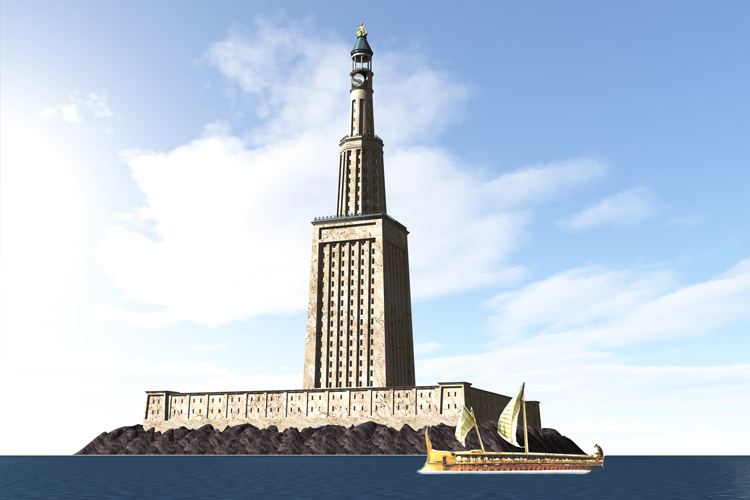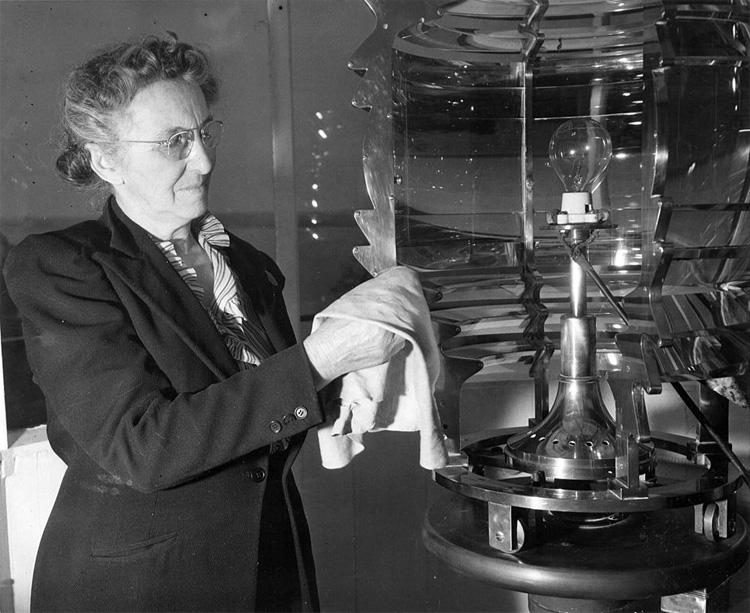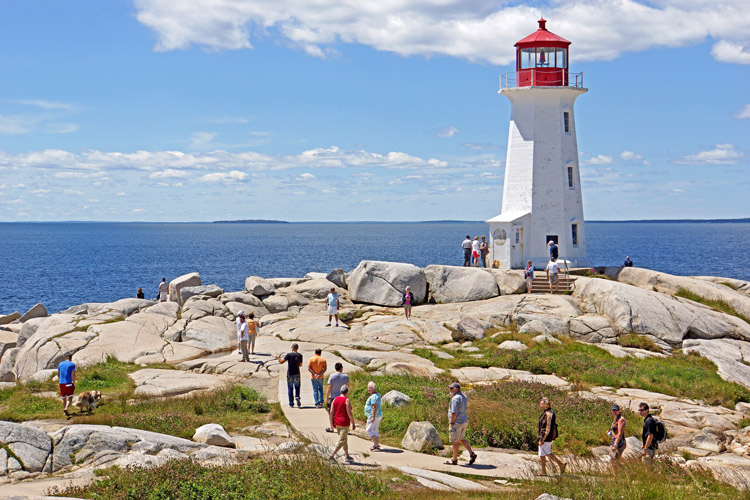A lighthouse is a high tower equipped with bright light and lenses that help guide ships to port at night and alert sailors about sandbars, reefs, and rocky coastlines.
Lighthouses have been around for hundreds of years, providing valuable guidance for ships, sailors, and mariners in treacherous waters.
They are a familiar sight along the coastlines of many countries and are an iconic symbol of safety, security, and stability.
But what exactly is a lighthouse?
A lighthouse is a tall tower with a large, bright light at the top, typically located near the shore of a body of water.
Its purpose is to warn ships of dangerous obstacles and guide them safely to their destination.
The light feeds a large lens or mirror that magnifies its beam and illuminates the surrounding waters.
It is typically powered by a generator, although some lighthouses use solar panels to generate electricity.
The light is usually on throughout the night, although some lighthouses may turn off their beacon during the day to save energy.
The color of this light can vary depending on the location and purpose of the lighthouse - white lights are typically used to indicate a safe passage, while red lights indicate a dangerous area.
Icons of Guidance to Sailors
In addition to the light, these high and narrow structures often have bells and/or horns that sound at regular intervals to indicate the presence of obstacles and to provide further guidance to sailors.
The sound of a lighthouse's bell or horn can be heard up to several miles away, depending on its location and weather conditions.
These high towers are typically staffed by a keeper, who is responsible for maintaining the beacon and ensuring that it is operating properly.
The keeper is also responsible for monitoring the weather and making sure the lighthouse is in good working order.
Keepers typically live inside the structure, although some keepers may live in a nearby house or on a boat.
Lighthouses are still in use today, although many have been replaced with automated systems or decommissioned due to changing navigation needs.
Nevertheless, lighthouses remain an iconic symbol of guidance, safety, and security.

High and Sturdy
Lighthouses are built to resist the impact of powerful swells, tides, and hurricane-force winds. They are generally erected slightly above sea level and near the shoreline.
However, some are built on top of high cliffs, further inland or offshore, depending on the geomorphology of the site.
The distance from which you can see the light beam varies from 20 miles (32 kilometers) to 50 miles (80 kilometers).
It depends on how high the lighthouse light is above sea level. The ideal height is calculated using trigonometry.
The shape and the design vary, but they feature a spiraling stairwell and rooms for maintenance and upkeep in most cases.
Each lighthouse features a large lamp on top of the building. At night, it lights up when everything around is dark.
The lamp, installed in the lantern room with glass windows, works as a flashlight and allows boats and ships to sight land from far away at sea.
The light beam system is so powerful and effective that it helps sailors lost at sea find their way back to shore, even during storms and foggy nights.
Modern lighthouses use automated, high-intensity lights that emit brief and omnidirectional flashes and coded aids for navigation (color, period, and phase).

The Oldest Lighthouse
Lighthouses have been around for centuries, and they have played an important role in maritime safety and navigation.
According to historians, the world's first lighthouse was built between 284 and 246 BC in Egypt and finished by the pharaoh of Ptolemaic Egypt, Ptolemy II Philadelphus.
The Lighthouse of Alexandria, also known as the Pharos of Alexandria, was 330-foot tall and featured an inscription dedicated to Zeus, the god of the sky and thunder, on the seaward-facing side.
The Pharos of Alexandria suffered several damages after the earthquakes of 796, 951, 956, 1303, and 1323.
It was one of the Seven Wonders of the Ancient World for a long time, but it was already destroyed by the end of the 14th century.
Before the construction of the Lighthouse of Alexandria, people used to light bonfires to alert approaching ships of hazardous coastlines.
Later, men and women started erecting small-sized stone towers on top of which they would light a fire. In some cases, they installed a bell that would ring with the flow of the wind.

The Lighthouse Keeper
The lighthouse keeper is the person responsible for keeping the structure working 24/7, 365 days a year.
The job involves several roles, tasks, routines, and a different way of life that only a few are ready to adopt.
There are civil, voluntary, and Coast Guard lighthouse keepers.
They might live inside the structure or not and could be tied to a medium-term service commission, depending on the country.
Lighthouse keepers, also known as "wickies," have to make sure the equipment, the lamps, the lenses, and the rotation mechanism are working correctly.
Some of these stunning, classic constructions offer tours to the top of the structure so that everyone can visit them.
Visitors will learn more about its history and operation, how the lighthouse works, and how it evolved through time.
Today, electronic navigational systems simplify procedures and maintenance and nearly eliminate the need for lighthouse keepers.
But there are still many iconic lighthouses where keepers maintain this long-time tradition of serving as a navigational aid for sailors at sea.
Famous and Iconic Lighthouses
Lighthouses offer 360-degree views of the surrounding area, allowing visitors to spot long-distance landmarks or neighboring villages, towns, and cities.
The most famous lighthouses in the world are located in Europe and the United States. The tallest example is Jeddah Light, a 436-foot tall structure built in Saudi Arabia in 1990.
Browse the map to find and plan a visit to your nearest lighthouse:
